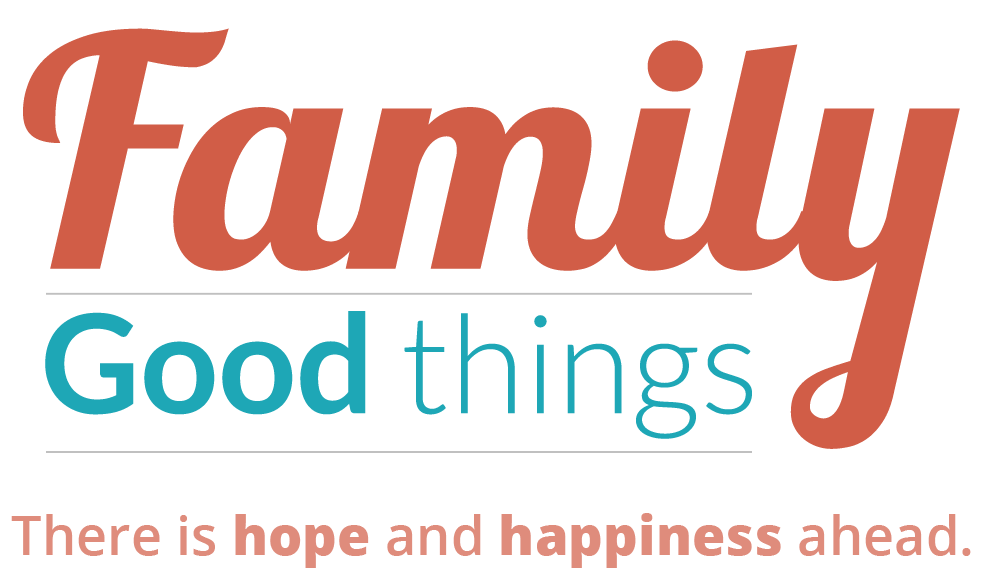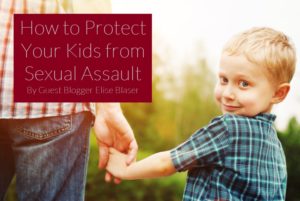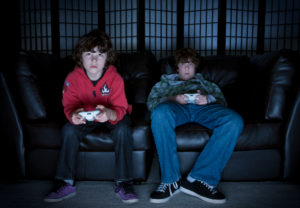Affirm Mental Health and Parental Rights Instead of Life-Altering Gender Transformations
“My breasts were beautiful, now they’ve been incinerated for nothing. Thank you, modern medicine.” These were Chloe Cole’s words as she testified before the Florida Board of Medicine Legislative Committee in October 2022.
Chloe shared her experience of transitioning and de-transitioning. She said, “From a young age I was actually quite a very feminine girl, though I did somewhat model myself after my older brothers.” But she began to question her identity, and at 13, was given a regimen of puberty blockers and testosterone. Two years later, she had a double mastectomy. At 16, she said, “I came to realize I severely regretted my transition.”
The issues of gender dysphoria and transitioning teens are becoming more common. A recent study showed that nearly 1 in 5 people who identify as transgender in the United States is between the ages of 13-17. Anyone who has parented or been involved in the life of a teen knows the volatility that comes with this age. There are many theories as to why there has been an increase in teens experiencing gender confusion. One study suggested the “possibility of social influences and maladaptive coping mechanisms.” In other words, it is possible that teens are identifying as transgender because they see others doing it and/or are just having difficulty handling life’s challenges.
Dr. Samuel Veissière authored an article in Psychology Today addressing some of these concerns. He encouraged parents, educators, and clinicians to proceed with caution in dealing with the phenomenon of “rapid-onset gender dysphoria” (ROGD), a term coined by Dr. Lisa Littman, a behavioral science professor at Boston University. The term rapid-onset should give pause when considering potentially harmful measures to change one’s gender, especially when considering the teenage mind. My 16-year-old son chose months before his birthday to have steak for his celebratory dinner, but the week of the event chose something else. A simple example that teens are often indecisive.
Because teens are going through such a tumultuous time, parental support is essential to helping them navigate these stormy waters. Sadly, parental rights are being taken away when counseling their children with gender dysphoria. Some courts are ruling in favor of children receiving transitioning therapy, despite parental disapproval for moral or religious reasons. Washington state recently passed legislation allowing children to receive gender transition care without parental permission.
One mother shared the pain she experienced watching her daughter go through “affirmative care,” the practice of clinicians following the child’s lead in transitioning. She pleaded for “common sense and compassion” to allow parents to advocate for their children’s health. Gender-affirming care is being touted as “life-saving“, and the “benefits outweigh the risks.” Preventing suicide is an outcome we can all agree on, but at what cost? What are the long-term effects of taking hormonal therapy or surgically altering the body? Is affirmative care addressing the root cause of the pain, anxiety, and depression these kids are feeling? Chloe Cole would tell you no.
As a mother of six children, I take my responsibility and right seriously to guide and nurture them, especially during challenging times in their lives. To instead, be left to watch a child undergo transformative therapy because a clinician feels it is in their best interest brings out the mama-bear-fight inside every mother. What can we do to protect our kids from becoming victims to those looking to override our role as advocates and protectors of our children? Let me offer three suggestions to empower parents in these roles:
- Be there for your kids! If “social influences and maladaptive coping mechanisms” are contributing to gender dysphoria, know who and what is influencing your family. Understand the pull of social media in teens’ lives. Find out what is stressing your kids. Communicate with them; ask questions. If they are struggling with anxiety or depression, help them find tools to cope, and if necessary, seek professional help.
- If seeking professional help, find clinicians that align with your values or religious beliefs and who will respect your role as a parent. Seek someone who recognizes the potential harm of gender-affirming care and will work with your family to find the root cause of the anguish your child is feeling.
- Fight to protect the rights of parents. Become educated about the political process. Develop relationships with your local and state officials. Elect those who will defend the family. Attend school board meetings and know the policies in your district that pertain to parental rights. In Idaho, parents are writing resolutions supporting the right as parents to be the primary stakeholders in their children’s education and upbringing. These resolutions are being presented to school boards and political parties, with the hope that state leaders will pass legislation defending this right.
Chloe Cole’s blunt testimony against gender-affirming care might be difficult for some to hear, but it is courageous voices like hers that can draw attention to help those with gender dysphoria get the mental health and support they need. And parents have the right to be by their child’s side guiding them through this process.







